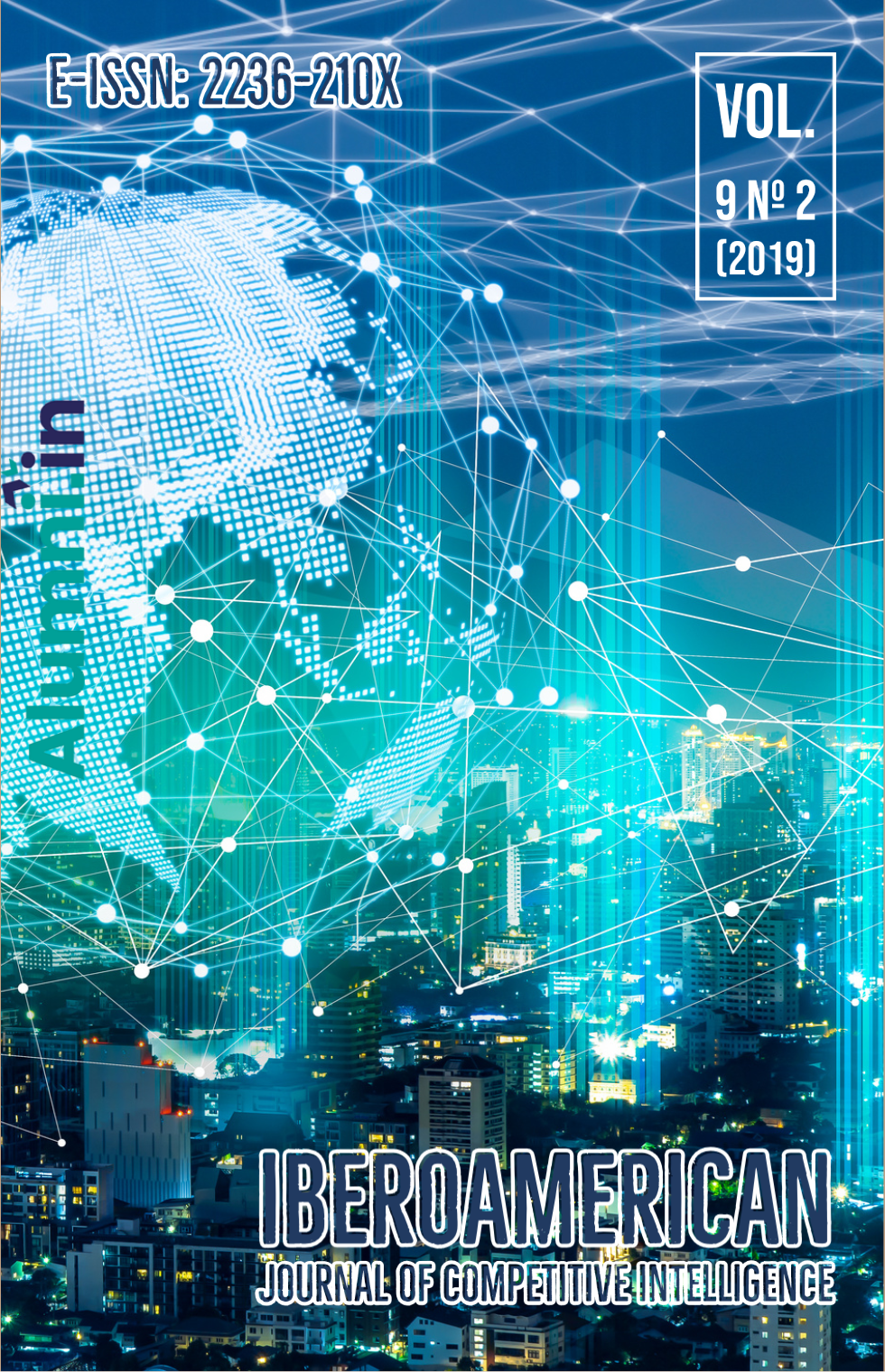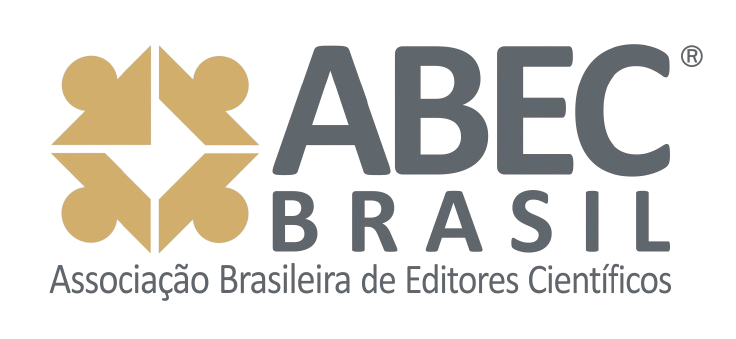Smart Campus e Analytics na Gestão de Instituições de Ensino Superior para Redução da Evasão e Promoção da Permanência
DOI:
https://doi.org/10.24883/IberoamericanIC.v9i2.323Keywords:
Smart Campus, Smart Education, Analytics, Evasão e Permanência.Abstract
A exemplo de uma cidade inteligente, um campus universitário possui dimensões que podem levar um estudante a querer permanecer ou não na instituição de ensino, dependendo das experiências que vivencia durante a sua graduação. Além do aspecto Educação, principal motivo de existência de um campus, existem aspectos relacionados diretamente com os alunos, como o aspecto Social, de Saúde e de Segurança, e aspectos que tornam os campi mais sustentáveis, como Edificações, Energia, Mobilidade e Recursos Naturais. O aspecto Gestão é fundamental para a promoção da permanência, além da Tecnologia, que integra todos os demais aspectos. A utilização de tecnologias emergentes como Analytics pelas instituições de ensino superior proporciona aos seus gestores condições favoráveis para o processo de tomada de decisão, a promoção da permanência e experiências institucionais integradoras à comunidade acadêmica. Este trabalho tem como objetivo explicar como o desenvolvimento das dimensões de um Smart Campus e o uso de Analytics podem contribuir para a redução da evasão e promoção da permanência dos estudantes no Ensino Superior. É fundamentado na Teoria da Integração do Estudante desenvolvido por Vincent Tinto, cujo modelo discute as configurações ideais de uma instituição de ensino superior para evitar a evasão. A presente pesquisa avança nesta questão, estendendo o modelo de Tinto para um contexto de Smart Campus, em que a análise de dados (Analytics) configura-se como uma poderosa ferramenta de apoio aos gestores para compreender o perfil de seus alunos, suas necessidades e na promoção da permanência.Downloads
References
ADU, Ernest K.; POO, Danny C.C. Smart learning: a new paradigm of learning in the smart age. In: TLHE 2014, Singapore. Proceedings of 7th Internacional Conference on Teaching & Learning in Higher Education, National University of Singapore, 2014.
BENEDITO-BORDONAU, Mauri; GARGALLO, Diego; AVARIENTO, Joan; SANCHIS, Ana; GOULD, Michael; HUERTA, Joaquín. Uji Smart campus: un ejemplo de integración de recursos em la Universitat Jaume I de Castelló. In: JIIDE 2013, Toledo. Anais das IV Jornadas Ibéricas de Infraestructuras de Datos Espaciales, Toledo: Centro Nacional de Información Geográfica, 2013, p. 1-12.
BICHSEL, Jacqueline. Analytics in higher education: benefits, barriers, progress, and recommendations (research report). Louisville, CO: EDUCAUSE Centre for Applied Research. 2012. Disponível em: http://net.educause.edu/ir/library/pdf/ERS1207/ers1207.pdf. Acesso em: outubro 2016.
CHICHERNEA, Virgil; SMEDESCU, Dan. Campus information systems for enhancing quality and performance in a smart city high education environment. In: eLSE 2016, Bucharest. Proceedings of the 12th international scientific conference eLearning and software for education. Bucharest: eLSE, 2016. v.1, p. 50-56.
CISLAGHI, Renato. Um modelo de sistema de gestão do conhecimento em um framework para a promoção da permanência discente no ensino de graduação. 2008. 273 f. Tese (Doutorado). Universidade Federal de Santa Catarina, Programa de Pós-Graduação em Engenharia e Gestão do Conhecimento.
DONG, Xin; KONG, Xiangjie; ZHANG, Fulin; CHEN, Zhen; KANG, Jialiang. OnCampus - a mobile platform towards a smart campus. Springerplus, v. 5, n. 974, p.1-9, 2016. DOI: https://doi.org/10.1186/s40064-016-2608-4
JOHNSON, L.; ADAMS BECKER, S.; CUMMINS, M.; ESTRADA, V.; FREEMAN, A.; HALL, C. NMC Horizon Report: 2016 Higher Education Edition. Austin, Texas: The New Media Consortium. 2016. Disponível em: https://www.nmc.org/publication/nmc-horizon-report-2016-higher-education-edition/. Acesso em: janeiro, 2017.
KWOK, Lam-for. A vision for the development of i-campus. Smart Learning Environments, v. 2, n.2, p. 1-12, 2015. DOI: https://doi.org/10.1186/s40561-015-0009-8
McAFFE, Andrew; BRYNJOLFSSON, Erik. (2012). Big data : The management revolution. Harvard Business Review, October 2012, p. 59-68, 2012.
NAM, Taewoo; PARDO, Theresa A. Conceptualizing smart city with dimensions of technology, people, and institutions. In: Proceedings of the 12th Annual International Digital Government Research Conference: Digital Government Innovation in Challenging Times. ACM, 2011a. p. 282-291. DOI: https://doi.org/10.1145/2037556.2037602
SEMESP - Sindicato das Mantenedoras de Ensino Superior. Mapa do Ensino Superior no Brasil 2016. Disponível em: http://convergenciacom.net/pdf/mapa_ensino_superior_2016.pdf. Acesso em: Março 2017.
TINTO, Vincent. Dropout from higher education: a theoretical synthesis of recent research. Review of Educational Research, v. 45, n.1, p.89-125, 1975. DOI: https://doi.org/10.3102/00346543045001089
TINTO, Vincent. Leaving college: rethinking the causes and cures of student attrition. 2. ed. Chicago: University of Chicago Press, 1993. DOI: https://doi.org/10.7208/chicago/9780226922461.001.0001
TINTO, Vincent. Classrooms as communities: exploring the educational character of student persistence. Journal of Higher Education. v. 68, n. 6, p. 599-624, 1997. DOI: https://doi.org/10.2307/2959965
WINTERS, John V. Why are smart cities growing? Who moves and who stays. Journal of Regional Science, v. 51, n. 2, p. 253-270, 2010. DOI: https://doi.org/10.1111/j.1467-9787.2010.00693.x
YASSINE, Sahar; KADRY, Seifedine; SICILIA, Miguel-Angel. Measuring outcomes effectively in smart learning environments. In: Smart Solutions for Future Cities 2016, Kwait. Proceedings of the meeting...Kwait: IEEE, 2016. DOI: https://doi.org/10.1109/SSFC.2016.7447877
YIN, Robert K. Estudo de caso: Planejamento e métodos. 4. ed. Porto Alegre: Bookman, 2010.
Downloads
Published
How to Cite
Issue
Section
License
Authors who publish with this journal agree to the following terms:
1. Authors who publish in this journal agree to the following terms: the author(s) authorize(s) the publication of the text in the journal;
2. The author(s) ensure(s) that the contribution is original and unpublished and that it is not in the process of evaluation by another journal;
3. The journal is not responsible for the views, ideas and concepts presented in articles, and these are the sole responsibility of the author(s);
4. The publishers reserve the right to make textual adjustments and adapt texts to meet with publication standards.
5. Authors retain copyright and grant the journal the right to first publication, with the work simultaneously licensed under the Creative Commons Atribuição NãoComercial 4.0 internacional, which allows the work to be shared with recognized authorship and initial publication in this journal.
6. Authors are allowed to assume additional contracts separately, for non-exclusive distribution of the version of the work published in this journal (e.g. publish in institutional repository or as a book chapter), with recognition of authorship and initial publication in this journal.
7. Authors are allowed and are encouraged to publish and distribute their work online (e.g. in institutional repositories or on a personal web page) at any point before or during the editorial process, as this can generate positive effects, as well as increase the impact and citations of the published work (see the effect of Free Access) at http://opcit.eprints.org/oacitation-biblio.html
• 8. Authors are able to use ORCID is a system of identification for authors. An ORCID identifier is unique to an individual and acts as a persistent digital identifier to ensure that authors (particularly those with relatively common names) can be distinguished and their work properly attributed.













